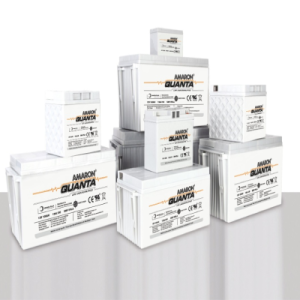Impedance Testing
This is a non-intrusive test designed to build up a performance history of each battery cell. It is typically undertaken annually as this enables performance to be tracked over time. This makes it easier to identify any signs of deterioration or any cells with high internal impedance that might require replacing.
Impedance testing involves applying an AC current to each battery via probes attached to the block terminals. Impedance is measured and recorded in milliohms.
It gives a general indication of the batteries’ status without placing them under too much stress or needing to take them offline.
Load Bank Testing (Discharge Testing)
This is the most comprehensive battery test and the only true examination that determines the actual capacity of the battery string.
Load bank testing audits the batteries under both normal and peak load conditions. This demonstrates which cells hold the charge and highlights which might be approaching their end of service life.
The Institute of Electrical and Electronics Engineers (IEEE) recommends performing discharge testing at the time of installation, then repeating the test every year.
The main drawback of load bank testing is that the UPS batteries must be taken out of service during the test. Usually the batteries are available again within 24 hours, although in the worst-case scenario this can last for several days.
Partial Discharge Testing
As the name suggests, this offers something of a middle ground. Partial discharge testing involves discharging the batteries up to a maximum of 80%. While this takes them out of action similar to load bank testing, they should be available again inside 8 hours.
If there’s a fault condition that requires the UPS to run off its batteries it can do so, although they will only have 20% of their full capacity.
UPS Battery Monitoring
In addition to battery testing, dedicated battery monitoring systems also measure UPS battery performance. It is advised all monitoring systems incorporate the parameters outlined by the globally-recognised IEEE 1491 standard, including:



